
Fabrics used as raincoats, umbrellas, and و have been created to be water-resistant using the chemicals provided to them appropriately. Finishing refers to waterproofing the fabric, which is a durable finish. Completing a water repellent is different from completing a waterproofing. Completing the water repellent means that if water is sprayed briefly on the fabric, it can not wet the fabric.
Complete waterproofing
If the fabric in question, TC fabric and waterproofing finish is just a normal waterproofing finish that can not pass the AATCC-35 rainwater test, then the import tariff for sweaters is 34%. However, if similar fabrics containing waterproofing additives can pass the AATCC-35 test and be recognized as rain-resistant, then their tariff is 7.6%.
In order for the fabric to pass the AATCC-35 rainwater test, the fabric must pass the Cup Test, which withstands 600 mm of water resistance without leakage.
Based on the above, you will see that the difference between 7.6% and 34% is large. If you use the right quality waterproofing finish, you can get benefits through low tariff rates. However, in addition to the waterproof finish, you should also consider the style of the jacket. Styles that may cause the jacket to not be accepted as a raincoat can be summarized as follows:
– If quilt fabric stitches are made on the outside of the fabric, water can easily penetrate the layers through multiple needle holes.
– If the pockets are doorless, water simply enters through several interconnected pieces. Water can also enter the pockets through the sewing line.
Complete water repellent
Completing a water repellent is different from completing a waterproofing. Completing the water repellent means that if water is sprayed briefly on the fabric, it can not wet the fabric. However, if we still continue to wet the fabric, water can seep into it.
You can perform a test to find out if the fabric has a water repellent finish (W.R) or a waterproof finish (W.P) or no finish has been made on it (simple finish) as follows:
– Place the cloth on a flat surface and sprinkle a few drops of water on it.
– If water gradually seeps into the fabric, it tells you that this side of the fabric has a W.R. Now you use your finger to rub on the water. If in this situation water does not enter the other side of the fabric, it means that this fabric has WP on the other side, but if water penetrates to the other side in this way, it can be said that there is WR only on this side. has it.
– If water is absorbed and easily reaches the other side (completely wet), it means that the fabric has a simple finish and does not have W.R and W.P.
– If water does not penetrate into the fabric, but sticks to it, and when rubbed on it, but does not enter, it tells us that this side of the fabric has a W.P. completion. It is very likely that there is a W.R on the other side of the fabric. Because when the fabric has W.P on the other side, it has W.R on the other side. To make sure you are thinking correctly, it is enough to turn the cloth over and sprinkle water on it to see if water penetrates or does not penetrate.
– If you can breathe through the fabric, it means the fabric does not have W.P. If you can not breathe, it can be said that the fabric is W.P.

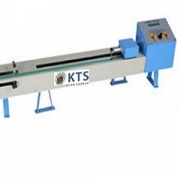


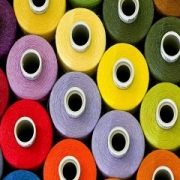
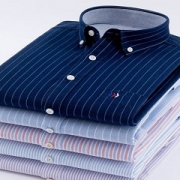
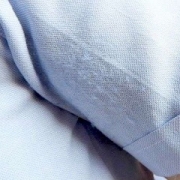
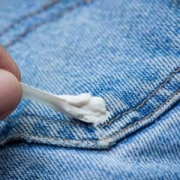
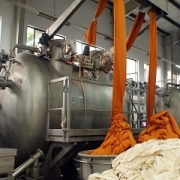



Leave a Reply
Want to join the discussion?Feel free to contribute!